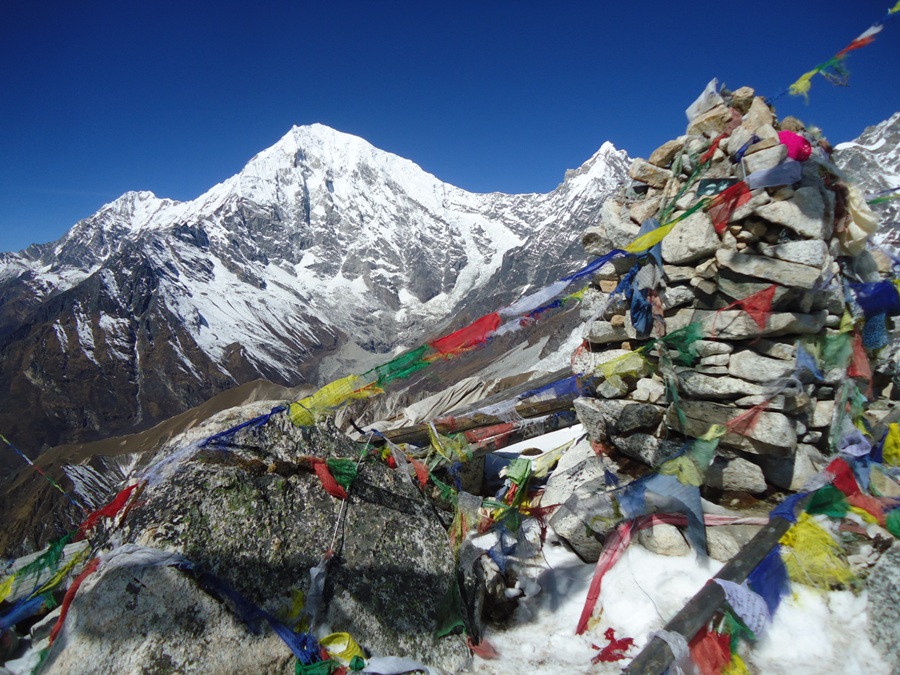
Winter trekking in Nepal Kathmandu

Winter Trekking in Nepal starting from Kathmandu. I’ll give you a solid introduction, overview, and key trek options first. This can serve as a base to expand into a long-form article or even a full guidebook later.
Here’s a structured beginning:
Winter Trekking in Nepal: Gateway Kathmandu
Introduction
Nepal, a land of towering Himalayan peaks and ancient traditions, draws trekkers from around the world year-round. While spring and autumn are the most popular trekking seasons, winter (December to February) offers a unique and rewarding experience for those seeking solitude, clear mountain views, and peaceful trails. Starting from Kathmandu, the vibrant capital and traditional gateway to the Himalayas, winter trekking opens doors to lesser-crowded routes, culturally rich villages, and enchanting snow-covered landscapes.
Why Trek in Winter?
- Crystal-clear views: Winter skies are often clearer, offering stunning panoramas of snow-capped peaks like Everest, Annapurna, and Langtang.
- Fewer crowds: Popular routes are peaceful, allowing for more intimate cultural encounters and nature experiences.
- Unique landscape: Trails are quieter and blanketed in snow at higher elevations, creating a magical ambiance.
- Cultural immersion: With fewer trekkers, there’s more opportunity to engage with locals in tea houses and remote mountain villages.
Kathmandu: The Starting Point
Before hitting the trails, most trekkers spend a day or two in Kathmandu — a bustling city rich in culture, history, and spiritual energy. Highlights include:
- Thamel: Trekking gear shops, Cargo, Hotels, travel and trekking agencies, cozy cafés.
- Boudhanath Stupa & Swayambhunath (Monkey Temple): Sacred Buddhist sites.
- Durbar Squares (Kathmandu, Bhaktapur, Patan): Architectural and cultural treasures.
- Preparation: Last-minute gear shopping, permits (TIMS, ACAP, etc.), and arranging guides or porters.
Best Winter Treks from Kathmandu
Here are top winter-friendly treks that are accessible from Kathmandu (via short flights or road journeys):
1. Everest Panorama Trek (Short Everest Trek)
- Duration: 7–10 days
- Max Altitude: ~3,860m (Tengboche)
- Start Point: Lukla (30-min flight from Kathmandu)
- Highlights: Namche Bazaar, Tengboche Monastery, Everest views
- Why in Winter: Lower sections of the Everest trail remain accessible, and you still get iconic mountain views without extreme altitude risks.
2. Langtang Valley Trek
- Duration: 7–9 days
- Max Altitude: ~3,870m (Kyanjin Gompa)
- Start Point: Syabrubesi (7–8 hours drive from Kathmandu)
- Highlights: Glaciers, yak pastures, Tibetan culture
- Why in Winter: Lower-altitude trek with fewer tourists and stunning views. Tea houses remain open year-round.
3. Helambu Trek
- Duration: 5–7 days
- Max Altitude: ~3,650m
- Start Point: Sundarijal (1-hour drive from Kathmandu)
- Highlights: Tamang and Sherpa culture, alpine forests, moderate elevations
- Why in Winter: Close to Kathmandu, not too cold, accessible roads and villages.
4. Annapurna Region (Lower areas)
Accessible via a 6–7 hour drive or 25-minute flight to Pokhara, then continue to:
a) Ghorepani Poon Hill Trek
- Duration: 4–5 days
- Max Altitude: ~3,210m (Poon Hill)
- Highlights: Sunrise over Annapurna & Dhaulagiri, rhododendron forests
- Winter Bonus: Poon Hill sunrise in winter is absolutely magical.
b) Mardi Himal Trek
- Duration: 5–7 days
- Max Altitude: ~4,500m
- Highlights: Close-up views of Machapuchare (Fishtail), fewer crowds
- Note: Snow can be heavy past High Camp; check conditions.
Essential Tips for Winter Trekking
- Gear Up: Bring proper winter trekking boots, warm layers, down jacket, thermal base layers, gloves, gaiters, and sunglasses.
- Guides & Porters: Highly recommended for safety, navigation, and local knowledge in snowy/icy conditions.
- Start Early: Days are shorter; begin early and reach your destination before dusk.
- Acclimatize Properly: Even in winter, altitude sickness is a risk.
- Check Lodging: Some tea houses in remote areas close in deep winter — verify availability in advance.
- Weather Awareness: Be flexible; flights to Lukla and roads to Langtang can be affected by snow.
Sample 7-Day Winter Trek Itinerary: Langtang Valley
Day 1: Drive from Kathmandu to Syabrubesi
Day 2: Trek to Lama Hotel
Day 3: Trek to Langtang Village
Day 4: Trek to Kyanjin Gompa
Day 5: Explore Kyanjin Ri or Tserko Ri for views
Day 6: Trek back to Lama Hotel
Day 7: Return to Syabrubesi and drive to Kathmandu
Would you like me to continue this into a full-length guide with chapters on gear, safety, packing lists, permits, accommodation details, trek-by-trek breakdowns, and cultural insights?
Let’s make your winter trekking guide epic.
